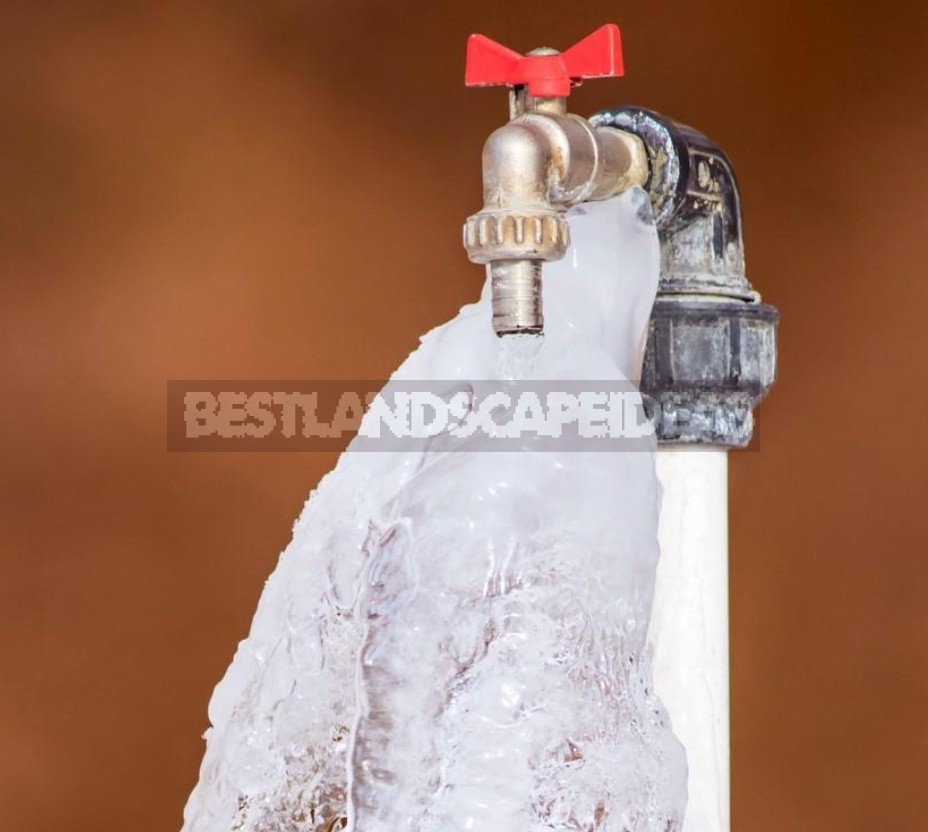As long as it is warm outside, you can not think about the problems of the sewer. But winter is not the time to relax. And if it gets very cold, and you notice that the water does not go well from the sink or toilet, then the pipes or septic tank are most likely frozen. We have collected 6 simple, but really working ways that will help solve the problem of a frozen sewer system.
Properly installed communications should work stably even at subzero air temperatures. And if they failed during severe frosts, it means that there were violations during installation.
Why do pipes freeze?
One of the most common mistakes that cause water to stagnate and then freeze in the sewer is the insufficient slope of the outlet pipes. But the parameters of this slope directly depend on the diameter of the pipe. So, with a diameter of 50 mm, the slope should be 3 cm for each meter of length, and with a diameter of 110 mm-already 2 cm for each meter. That is, the larger the cross-section, the smaller the slope. When mounting the liner to the septic tank, builders often neglect this regulation and lay the pipes on the peephole. As a result, the gravity flow of wastewater is too weak, although for the time being this disadvantage does not manifest itself in any way.
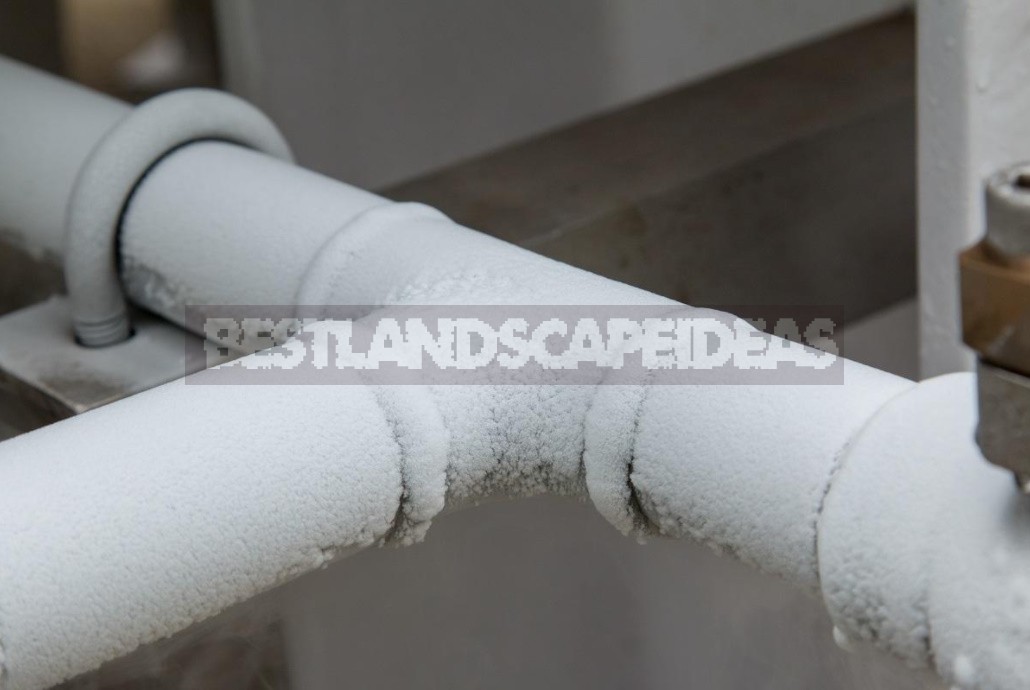
Another common cause of freezing is the shallow depth of the pipeline. Ideally, it should be located below the ground freezing level. In different regions, this level varies within 1.5-2 m from the soil surface.
However, sometimes the water freezes, even in spite of compliance with building codes. This happens during abnormal frosts, which, like abnormal heat, are not uncommon recently. Accordingly, the pipes must be laid with a margin — that is, a little deeper than the standards require. And if this condition is not met, then the occurrence of force majeure is a matter of time.
A gross mistake is the lack of thermal insulation. It is difficult and expensive to insulate the pipeline. And of course, some homeowners, hoping that there will be no severe cold in their region, prefer to arrange a sewer without additional heat protection. As a result, the consequences of such a decision hit the pocket even harder: the pipes have to be pulled out, insulated, and then put back into the ground.
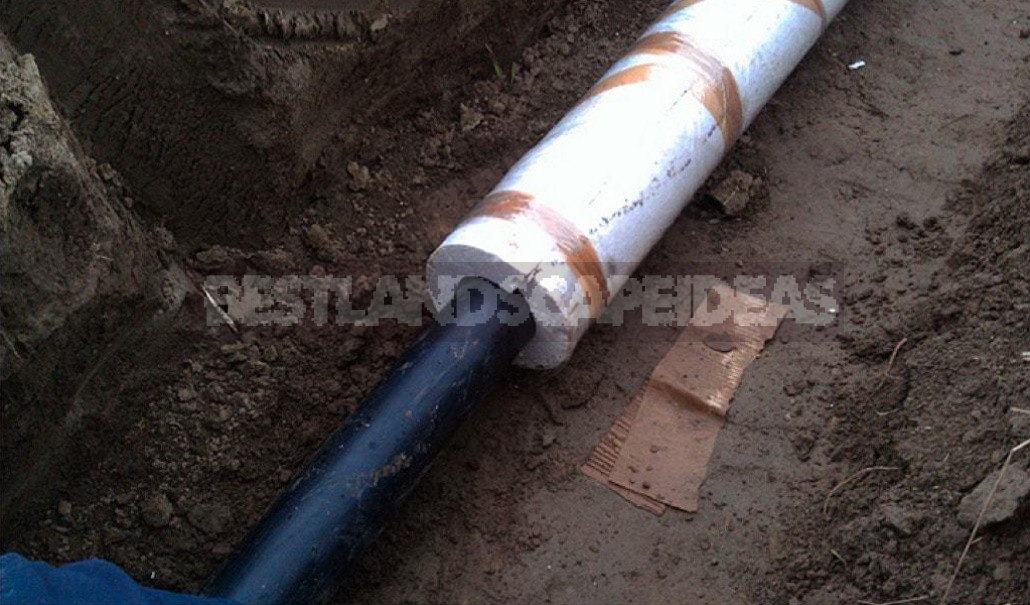
Ice jams can also occur due to the very narrow diameter of the communications. If it is less than the recommended 110 mm, the waste water moves at a low speed and may crystallize on the way to the septic tank. The risk of freezing increases if the waste storage facility is located far from home. The combination of these two negative factors leads to problems.

How to defrost a pipe
There are several ways (both simple and complex) by which the drainage system can be restored to its former functionality.
Method 1. Start the salt solution
Preheat the water in the boiler to 70°C and open the hot water tap. For greater effect, take a bath of boiling water and add salt to it in a ratio of 1: 10. Then pull out the plug and let the solution into the pipeline.
This method will work if the traffic jam occurred at the exit of the house: in the pipe coming from the basement or basement. 20 minutes have passed, and the water has not started to go away? This means that the traffic jam was too large, and you need to use method 2.
Method 2. Pour boiling water into the hose
Take a thick rubber hose, insert it into the pipeline and push it with force until it rests against the frozen area. At the end that remains in your hands, install a funnel and pour hot water into it. As soon as you feel that the plug is melting, move the hose further until you realize that it is already moving effortlessly, and the passage of water is no longer hindered by anything.
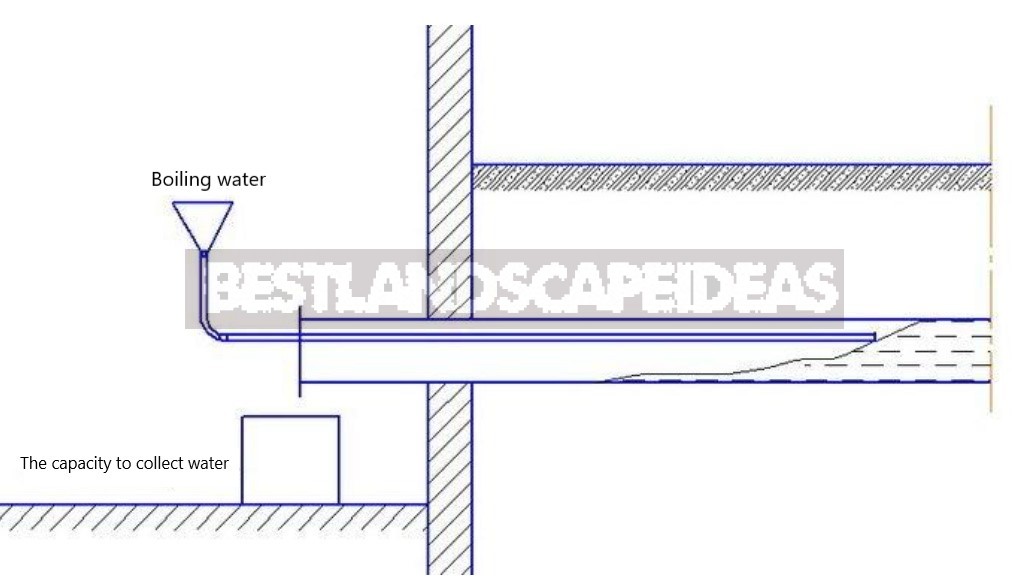
Method 3. Attach the hose to the cable
If the pipe coming from the drain from the bathroom is not straight, but contains one or two turns, then it will be problematic to hold the hose along it. In such a situation, take a coil of flexible steel wire (or a special cable), attach it to the hose and lead it into the sewer. Then everything is simple: gradually unwinding, push the wire (and with it — and the rubber tube) to the very jam. You already know what to do next.
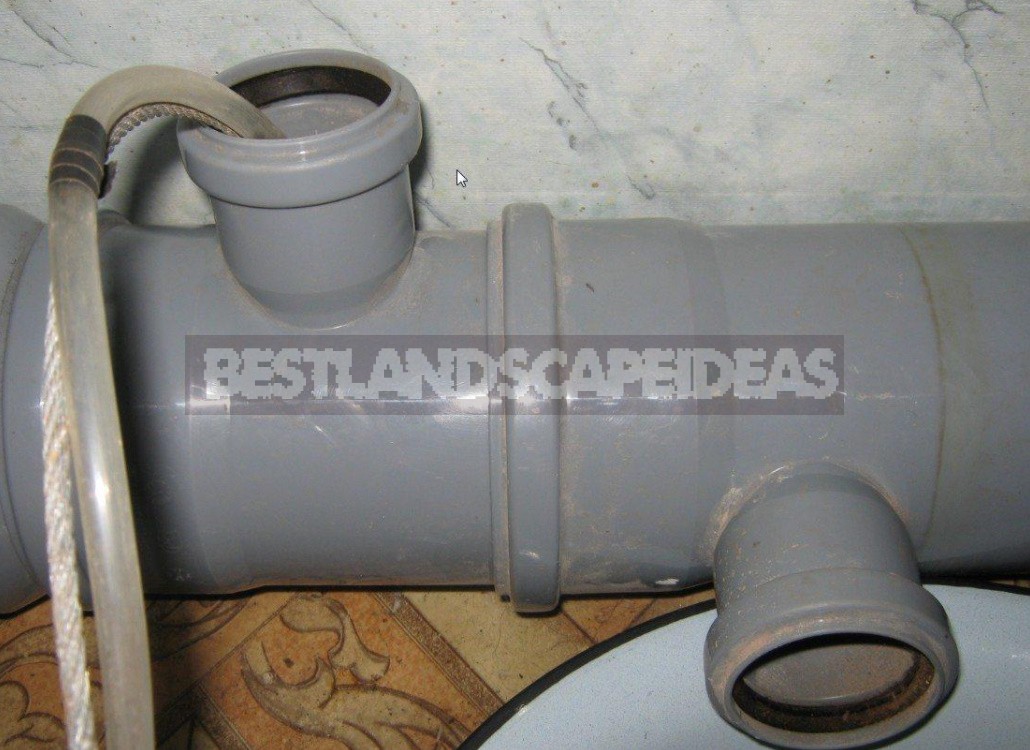
Method 4. Preheat the pipe
Sometimes the only way out is to warm up the pipe. Go down to the area where it goes out, and, using a construction or household hair dryer, heat it up. Gradually, the heat will reach the ice jam, and it will begin to thaw. If the pipeline is metal, you can use a blowtorch, which is even more effective.
Method 5. We use caustic soda
The methods listed above are likely to fail if the water is frozen not at the exit of the house, but further away, between the house and the septic tank. In this case, first try using caustic soda. Fill a bucket with 6 liters of hot water, add a liter of boiling water and 3 kg of caustic. Add the latter not all at once, but in portions, stirring thoroughly each time.
Attention! When working with caustic soda, do not forget about personal protective equipment — glasses, respirator, gloves.
Drain the finished solution into the sewer. A chemical reaction will begin, which will result in the release of a large amount of heat. It will melt the icy area. Important condition: the water must go at least a little into the drain. If this does not happen, then you will not be able to unfreeze the system in this way!
Method 6. Preheat the pipe on the site
This technique is the most complex, so it should be used last. First of all, you need to understand exactly where the traffic jam was formed. To do this, you will have to dig up the entire sewer route. Then, armed with a hammer or mallet, go along the pipes and gently tap each of them. You can easily tell where the traffic jam is from a deeper sound. Warm up the problem area with the same blowtorch or construction hair dryer. Warming up should be carried out gradually, slowly moving the tool along the pipe, so as not to overheat any particular place. Otherwise, cracks may appear.
In the absence of a hair dryer or lamp, wrap the pipe with a thick, dry cloth and pour a few liters of boiling water. Pour it up until the tube is completely melted. When this happens, remove the cloth and wipe the entire section dry.
